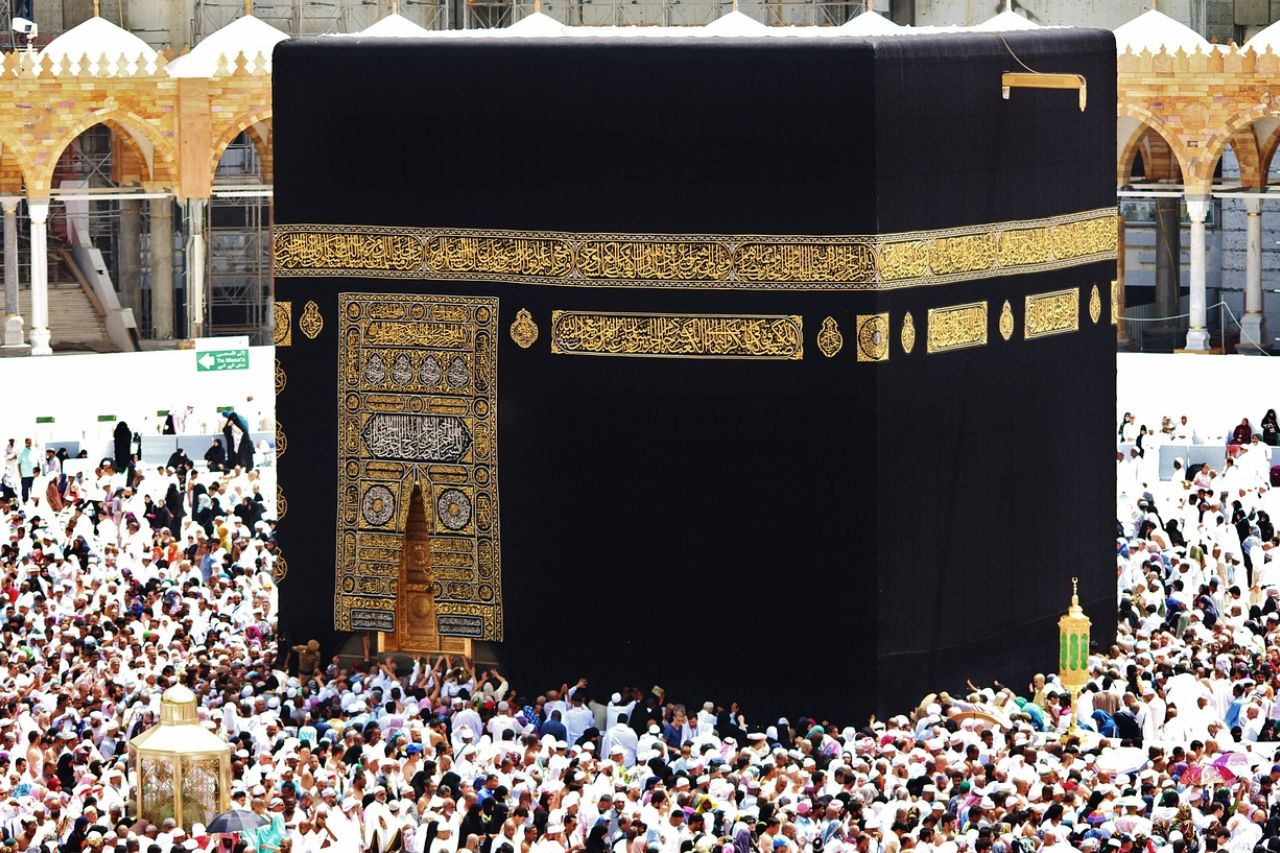What is Hajj
Hajj is one of the Five Pillars of Islam, and is considered a mandatory religious duty for Muslims that must be carried out at least once in their lifetime by those who are physically and financially capable. The Hajj takes place during the Islamic month of Dhu al-Hijjah and is a journey to the holy city of Makkah in Saudi Arabia.
The Hajj is a spiritual journey that is meant to purify the soul and bring the pilgrim closer to God. It is a time for reflection, prayer, and devotion, as well as an opportunity to connect with fellow Muslims from all around the world. The Hajj is a physically and emotionally demanding experience, but it is also one that is deeply rewarding and transformative.
The Hajj begins with the intention, or niyyah, to perform the Hajj. This intention is made in the heart and is a crucial step in the Hajj process. After making the intention, the pilgrim sets out to Makkah and performs a series of rituals and ceremonies, including the Tawaf, the Sa’i, and the standing at the plain of Arafat.
The Tawaf is the ritual of circumambulating the Kaaba seven times. The Kaaba is the most sacred site in Islam and is located in the center of the Grand Mosque in Makkah. The Tawaf is a symbolic act of submission to Allah and is a reminder of the unity of the Muslim community.
The Sa’i is the ritual of walking seven times between the hills of Safa and Marwah. This ritual is a reenactment of the journey made by Hagar, the mother of Isma’il, as she searched for water for her son. The Sa’i is a symbol of the struggle for survival and the determination to overcome adversity.
The standing at the plain of Arafat is the most important rite of the Hajj. It is the day when Muslims gather on the plain of Arafat to stand in solidarity and listen to a sermon. This is the day when the pilgrims seek forgiveness and make supplications to Allah.
After the standing at the plain of Arafat, the pilgrims move on to the plain of Muzdalifa, where they gather pebbles to be used in the next ritual, the stoning of the devil. The stoning of the devil, or Rami al-Jamarat, is a symbol of rejecting the devil and his temptations.
The final days of the Hajj are spent in Mecca, where the pilgrims perform the Tawaf al-Ifada, and the cutting or shaving of the hair, which marks the completion of the Hajj.
The Hajj is an incredibly unique and powerful experience that is unlike any other. It is a journey that is both physically and emotionally demanding, but it is also one that is deeply rewarding and transformative. It is a time for reflection, prayer, and devotion, as well as an opportunity to connect with fellow Muslims from all around the world. The Hajj is a reminder of the unity of the Muslim community and the importance of submission to Allah.


